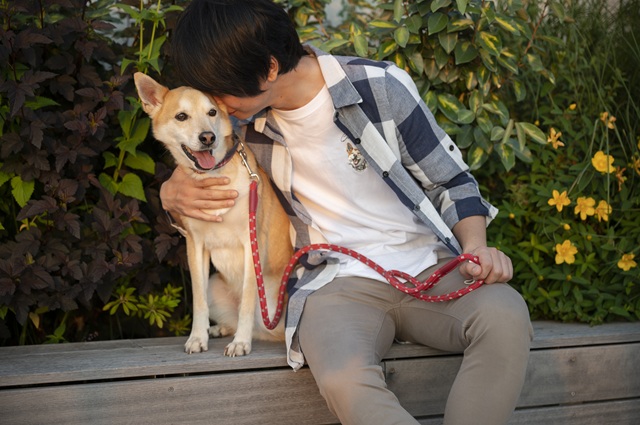Shagle video chat — just one click to talk to people from all over the world!

In the business world, powder coatings have been available for quite some time. Architectural powder coatings used to be a specialized technology, but they've quickly evolved into a mainstream replacement for conventional paint and anodized films in recent years.
Builders and designers once saw a lot of potential in architectural powder coatings for application on storefronts, interiors, and exteriors, but with the advancement of technology, they now see very little.
The method of powder coating is simple in concept. The powder is made up of a pigment that gives the final product a deep and consistent hue and a resin that combines with the pigments to create a tough coating. Mica and talc are examples of fillers used in coating formulations; they enhance the powder's flow and other properties during application.
Ramseier Koatings is a trustworthy supplier of powder coating equipment, including powder coating guns, powder coating units, powder coating systems, etc. Contact this professional powder coating expert for the necessary equipment for powder coating in the architectural industry.
Practical
You can use powder coating in numerous different ways. It is used in almost all modern building types, including offices, factories, government structures, homes, and schools.
Longevity is essential in a structure. It's why powder coating is becoming increasingly common in the built environment. The obvious choice is a material that can withstand the elements for so long and still look excellent.
Conveniently portable; requires little effort to move.
Because it is sold in a compact powder form, powder coating is substantially more convenient to transport between facilities than liquid paints. Moving it to and from its destination uses less energy overall.
Compared to paint, powder coating is much more efficient because it only adds to a five percent weight increase, even if the preferred powder coating plant doesn't conduct on-site powder coating. It nevertheless makes it easier to transport and store than conventional paints.
Aesthetic
Architects must now have granular control over details like color palettes and surface treatments for high-profile construction jobs. Exterior paints with specially designed 3-dimensional tints are increasingly popular, especially those in earthy tones that approximate natural materials and integrate into metropolitan settings.
Powder coatings allow architects more creative control over the appearance of window frames, storefronts, building panels, and curtain wall parts by adding metallic, mica, and other unique effects.
Luxury building facades feature long-lasting materials like granite, stone, and other natural faces. They are heavy and expensive, making them unsuitable for many construction projects. This obstacle is being met with the aid of new powder innovations by specifiers and architects.
Next-generation powders can imitate the look of granite, terra cotta, cement, stone, and other finishes for a fraction of the price by achieving matte finishes and ultra-high gloss not possible with conventional fluoroethylene vinyl ether (FEVE) coatings.
By specifying a matte treatment, architects may now create the appearance of anodized aluminum without sacrificing the resistance to corrosion and durable colorfastness of modern aluminum.
Reduced Volatile Organic Compounds (“VOCs)
Architectural powders do not emit any VOCs when applied to a surface in any way. Liquid paints, in contrast, hand, all integrate some degree of VOCs as solvents, particularly if they're sprayed upon a surface. Spray paint coating procedures can collect volatile organic compounds (VOCs) from cutting pollution and unpleasant aromas in a paint coating procedure with correct handling, while powder coatings do away with this problem.
Architectural powder coverings are thus believed to be more eco-friendly than paint coatings. Even though the U.S. Building Council’s LEED review system doesn't award unique credits for employing powder coatings; architects can gain design and innovation credit once they include low-VOC coatings in design standards.
Green
Powder coating is now widely used in modern green construction projects. Powder coating is devoid of many air contaminants, such as HAPS and VOCs, that are included in other finishes. It's produced with significantly less carbon dioxide gas than alternative finishes and can be reused and recollected.
As a result of this and the industry-wide initiatives to reduce powder coating's carbon footprint, powder coating is the greenest method of metal coating currently in use.
Coating Uniformity
Spraying, rolling or brushing paint upon the surface results in a coating of paint that is not uniform in thickness across the surface, regardless matter how experienced or meticulous the technician is. Certain filler ingredients in architectural powder coatings can significantly reduce the thickness fluctuations in the coating and provide the final coat with a consistent appearance throughout all faces of a coated object.
Good edge covering, in which no edge is revealed, is also facilitated by this. Intricate or elaborate features on metal furniture, railings, and other architecture and design elements may hold extra paint and lead to uneven surface applications, so taking this precaution is especially vital for these items.
Take away
Powder coating has completely altered the metalworking industry. Powder coating is the gold standard in many commercial and even domestic contexts. Due to its numerous advantages, adaptability, and lack of significant drawbacks, powder coating is quickly gaining popularity in the construction industry.
Coating of building components such as doors, entryways, entry gates, fences, fixtures, windows, railings, stairways, and more is among the many industrial powder coating services; contact an expert.
Tags:
Image Credits: Freepik








